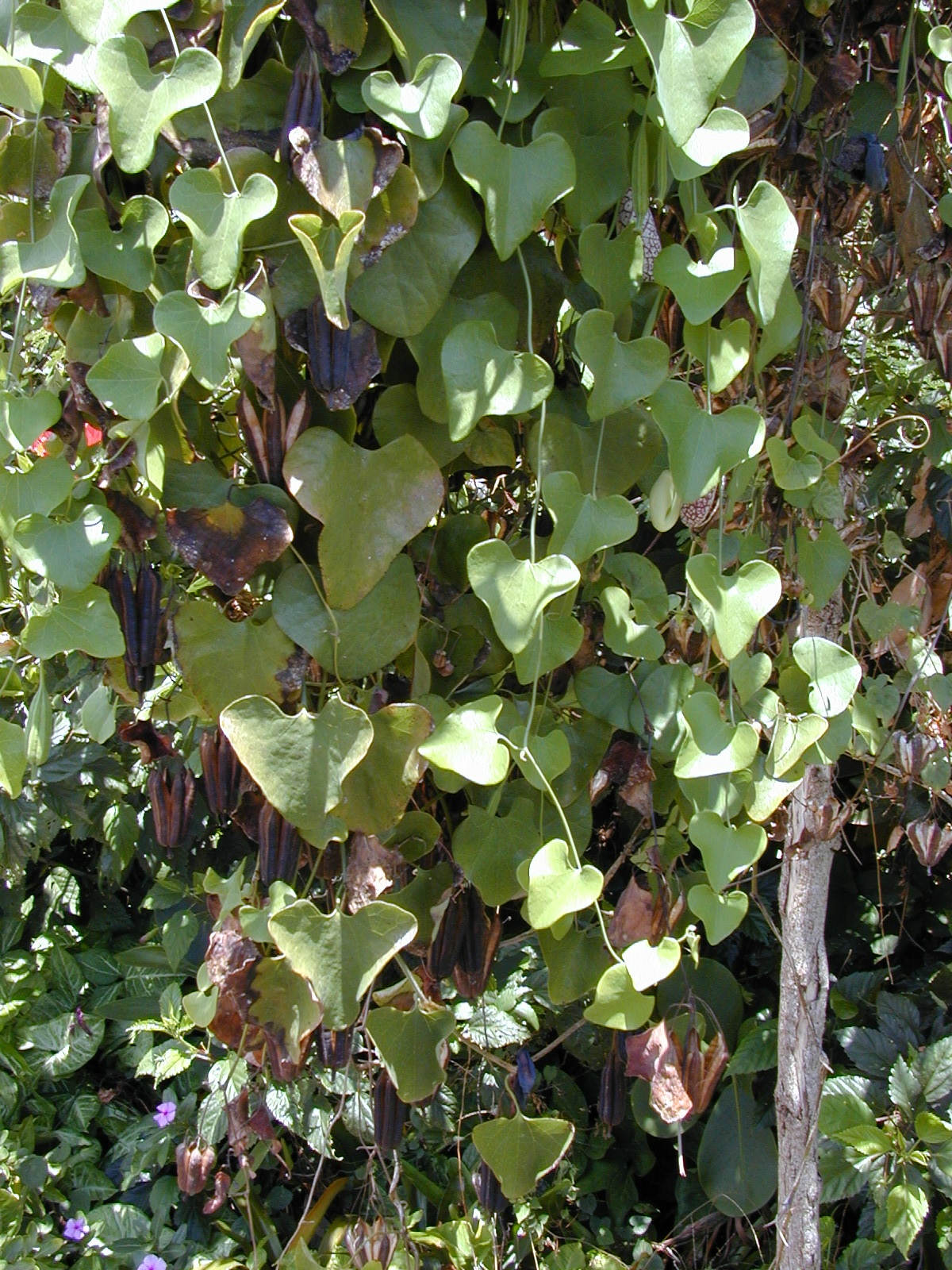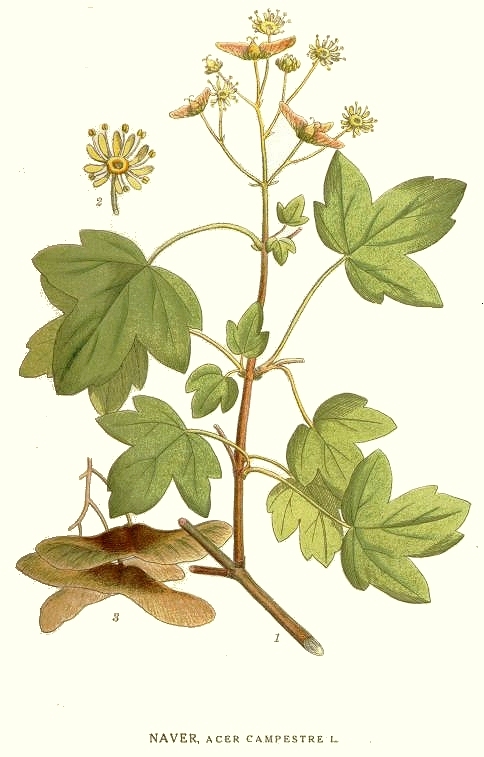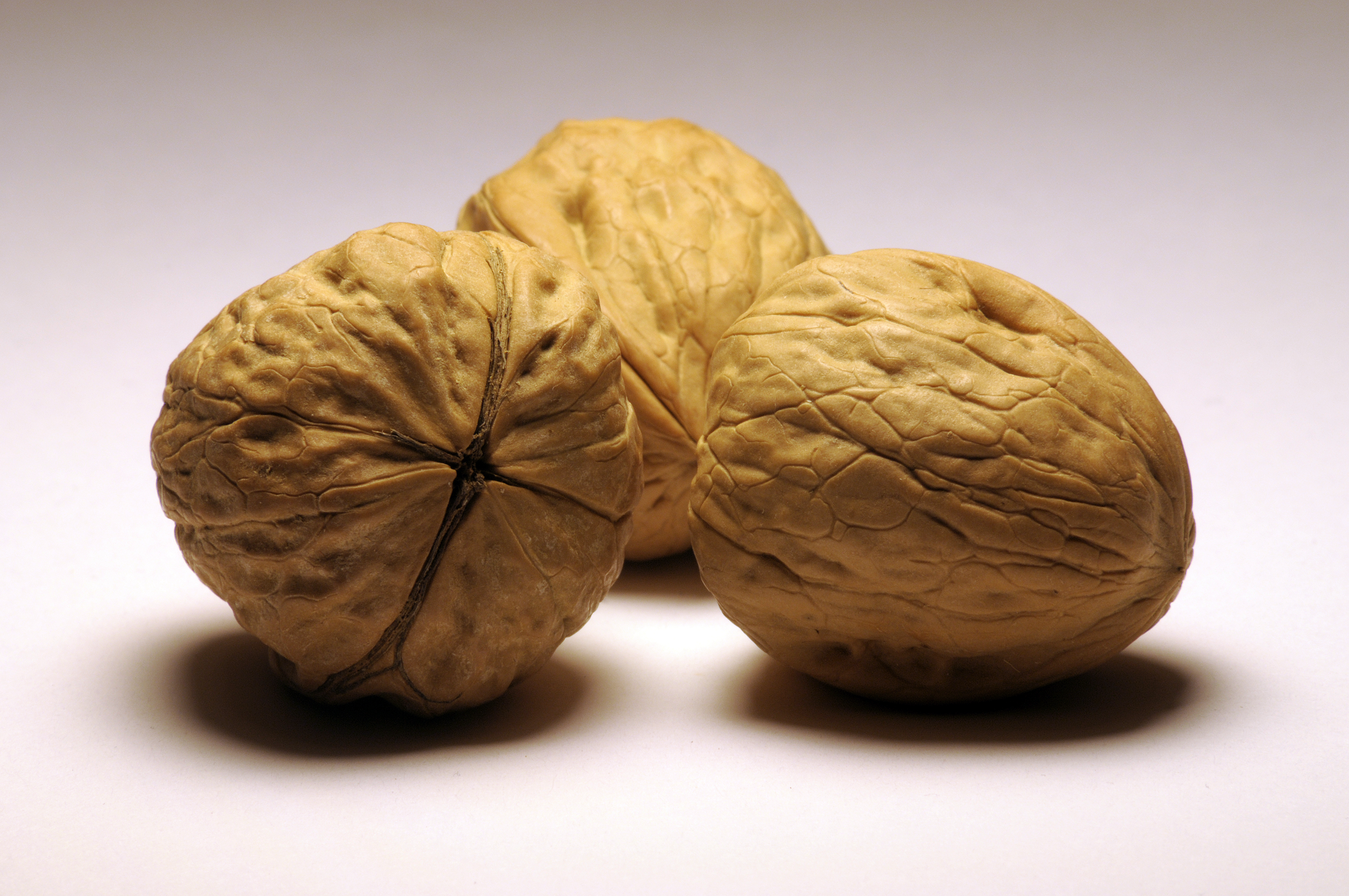|
Skinderiškis Dendrological Park
__NOTOC__ Skinderiškis Dendrological Park () a dendrological park (an arboretum) located in a former Skinderiškis manor site (now part of Užvarčiai village), Kėdainiai District Municipality, central Lithuania. The park is located in the Šušvė river loop and covers an area of . It was created (since 1971) by a local forester Kęstutis Kaltenis who was awarded by the prize of Lithuanian president Valdas Adamkus in 1993 for this contribution to environment protection. The park hosts thousands of various trees and shrubs which belong to more than 1300 species. All the area is divided into different biogeographical zones: Europe, Siberia, the Caucasus, Central Asia, Far East, Eastern North America and Western North America. The park is created as a landscape composition with a system of small ponds, wooden sculptures and heavy boulders. Some rare and protected species of Lithuanian flora could be found in the park, as common ivy, dwarf birch, common yew, sessile oak. Also, ... [...More Info...] [...Related Items...] OR: [Wikipedia] [Google] [Baidu] |
Arboretum
An arboretum (: arboreta) is a botanical collection composed exclusively of trees and shrubs of a variety of species. Originally mostly created as a section in a larger garden or park for specimens of mostly non-local species, many modern arboreta are in botanical gardens as living collections of woody plants and are intended at least in part for scientific study. In Latin, an ''arboretum'' is a place planted with trees, not necessarily in this specific sense, and "arboretum" as an English word is first recorded used by John Claudius Loudon in 1833 in ''The Gardener's Magazine'', but the concept was already long-established by then. An arboretum specializing in growing conifers is known as a pinetum. Other specialist arboreta include saliceta (willows), populeta (Populus, poplar), and querceta (oaks). Related collections include a fruticetum, from the Latin ''frutex'', meaning ''shrub'', much more often a shrubbery, and a viticetum (from the Latin ''vitis,'' meaning vine, refe ... [...More Info...] [...Related Items...] OR: [Wikipedia] [Google] [Baidu] |
Aristolochia Manshuriensis
''Aristolochia'' () is a large plant genus with over 500 species that is the type genus of the family Aristolochiaceae. Its members are commonly known as birthwort, pipevine or Dutchman's pipe and are widespread and occur in the most diverse climates. Some species, like '' A. utriformis'' and '' A. westlandii'', are threatened with extinction. ''Isotrema'' is usually included here, but might be a valid genus. If so, it contains those species with a three-lobed calyx. Description ''Aristolochia'' is a genus of evergreen and deciduous lianas (woody vines) and herbaceous perennials. The smooth stem is erect or somewhat twining. The simple leaves are alternate and cordate, membranous, growing on leaf stalks. There are no stipules. The flowers grow in the leaf axils. They are inflated and globose at the base, continuing as a long perianth tube, ending in a tongue-shaped, brightly colored lobe. There is no corolla. The calyx is one to three whorled, and three to six toot ... [...More Info...] [...Related Items...] OR: [Wikipedia] [Google] [Baidu] |
Acer Pensylvanicum
''Acer pensylvanicum'', known as the striped maple, moosewood, moose maple or goosefoot maple, is a small North American species of maple. The striped maple is a sequential hermaphrodite, meaning that it can change its sex throughout its lifetime. Description The striped maple is a small deciduous tree growing to tall, with a trunk up to in diameter. The shape of the tree is broadly columnar, with a short, forked trunk that divides into arching branches which create an uneven, flat-topped crown. The young bark is striped with green and white, and when a little older, brown. The leaves are broad and soft, long and broad, with three shallow forward-pointing lobes. The fruit is a samara; the seeds are about long and broad, with a wing angle of 145° and a conspicuously veined pedicel. The bloom period for ''Acer pensylvanicum'' is around late spring. Distribution The natural range of the striped maple extends from Nova Scotia and the Gaspé Peninsula of Quebec, west to so ... [...More Info...] [...Related Items...] OR: [Wikipedia] [Google] [Baidu] |
Acer Tataricum
''Acer tataricum'', the Tatar maple or Tatarian maple, is a species of maple widespread across central and southeastern Europe and temperate Asia, from Austria and Turkey, and in some circumscriptions, with a disjunct population in eastern Asia in northern and central China, Japan and the Russian Far East. The species is named after the Tatar peoples of southern Russia; the tree's name is similarly commonly also misspelled "Tartar" or "Tartarian" in English.Ecosystema''Acer tataricum''(in Russian Description ''Acer tataricum'' is a deciduous spreading shrub or small tree growing to tall, with a short trunk up to diameter and slender branches. The bark is thin, pale brown, and smooth at first but becoming shallowly fissured on old plants. The leaves are opposite and simple, broadly ovate, long and broad, unlobed or with three or five shallow lobes, and matt green above; the leaf margin is coarsely and irregularly toothed; the leaf petiole is slender, often pink-tinged, long. Th ... [...More Info...] [...Related Items...] OR: [Wikipedia] [Google] [Baidu] |
Acer Campestre
''Acer campestre'', known as the field maple, is a flowering plant species in the family Sapindaceae. It is native plant, native to much of continental Europe, Britain, southwest Asia from Turkey to the Caucasus, and north Africa in the Atlas Mountains. It has been widely planted, and is introduced outside its native range in Europe and areas of USA and Western Australia with suitable climate. Description It is a deciduous tree reaching tall, with a trunk up to in diameter, with finely fissured, often somewhat cork (tissue), corky Bark (botany), bark. The shoots are brown, with dark brown winter buds. The leaf, leaves are in opposite pairs, long (including the petiole) and broad, with five blunt, rounded lobes with a smooth margin. Usually monoecious, the flowers are produced in spring at the same time as the leaves open, yellow-green, in erect clusters across, and are insect-pollinated. The fruit is a Samara (fruit), samara with two winged achenes aligned at 180°, each ach ... [...More Info...] [...Related Items...] OR: [Wikipedia] [Google] [Baidu] |
Acer Saccharinum
''Acer saccharinum'', commonly known as silver maple, creek maple, silverleaf maple, soft maple, large maple, water maple, swamp maple, or white maple, is a species of maple native to the eastern and central United States and southeastern Canada. It is one of the most common trees in the United States. Although the silver maple's Latin name is similar, it should not be confused with ''Acer saccharum'', the sugar maple. Some of the common names are also applied to other maples, especially ''Acer rubrum''. Description The silver maple tree is a relatively fast-growing deciduous tree, commonly reaching a height of , exceptionally . Its spread will generally be wide. A 10-year-old sapling will stand about tall. It is often found along waterways and in wetlands, leading to the colloquial name "water maple". It is a highly adaptable tree, although it has higher sunlight requirements than other maple trees. The leaf, leaves are leaf shape, simple and palmately veined, long and ... [...More Info...] [...Related Items...] OR: [Wikipedia] [Google] [Baidu] |
Acer Rubrum
''Acer rubrum'', the red maple, also known as swamp maple, water maple, or soft maple, is one of the most common and widespread deciduous trees of eastern and central North America. The U.S. Forest Service recognizes it as the most abundant native tree in eastern North America. The red maple ranges from southeastern Manitoba around the Lake of the Woods on the border with Ontario and Minnesota, east to Newfoundland, south to Florida, and southwest to East Texas. Many of its features, especially its leaves, are quite variable in form. At maturity, it often attains a height around . Its flowers, petioles, twigs, and seeds are all red to varying degrees. Among these features, however, it is best known for its brilliant deep scarlet foliage in autumn. Over most of its range, red maple is adaptable to a very wide range of site conditions, perhaps more so than any other tree in eastern North America. It can be found growing in swamps, on poor, dry soils, and almost anywhere in between. ... [...More Info...] [...Related Items...] OR: [Wikipedia] [Google] [Baidu] |
Sugar Maple
''Acer saccharum'', the sugar maple, is a species of flowering plant in the soapberry and lychee family Sapindaceae. It is native to the hardwood forests of eastern Canada and the eastern United States. Sugar maple is best known for being the primary source of maple syrup and for its brightly colored fall foliage. It may also be called "rock maple," "sugar tree," "sweet maple," or, particularly in reference to the wood, "hard maple," " birds-eye maple," or "curly maple," the last two being specially figured lumber. Description ''Acer saccharum'' is a deciduous tree normally reaching heights of , and exceptionally up to . A 10-year-old tree is typically about tall. As with most trees, forest-grown sugar maples form a much taller trunk and narrower canopy than open-growth ones. The leaves are deciduous, up to long and wide, palmate, with five lobes and borne in opposite pairs. The basal lobes are relatively small, while the upper lobes are larger and deeply notched. In con ... [...More Info...] [...Related Items...] OR: [Wikipedia] [Google] [Baidu] |
Maple
''Acer'' is a genus of trees and shrubs commonly known as maples. The genus is placed in the soapberry family Sapindaceae.Stevens, P. F. (2001 onwards). Angiosperm Phylogeny Website. Version 9, June 2008 nd more or less continuously updated since http://www.mobot.org/MOBOT/research/APweb/. There are approximately 132 species, most of which are native to Asia, with a number also appearing in Europe, northern Africa, and North America. Only one species, '' Acer laurinum'', extends to the Southern Hemisphere.Gibbs, D. & Chen, Y. (2009The Red List of Maples Botanic Gardens Conservation International (BGCI) The type species of the genus is the sycamore maple ''Acer pseudoplatanus'', one of the most common maple species in Europe.van Gelderen, C. J. & van Gelderen, D. M. (1999). '' Maples for Gardens: A Color Encyclopedia'' Most maples usually have easily identifiable palmate leaves (with a few exceptions, such as '' Acer carpinifolium'', '' Acer laurinum'', and '' Acer negundo'' ... [...More Info...] [...Related Items...] OR: [Wikipedia] [Google] [Baidu] |
Magnolia
''Magnolia'' is a large genus of about 210 to 340The number of species in the genus ''Magnolia'' depends on the taxonomic view that one takes up. Recent molecular and morphological research shows that former genera ''Talauma'', ''Dugandiodendron'', ''Manglietia'', ''Michelia'', ''Elmerrillia'', ''Kmeria'', ''Parakmeria'', ''Pachylarnax'' (and a small number of monospecific genera) all belong within the same genus, ''Magnolia'' s.l. (s.l. = ''sensu lato'': 'in a broad sense', as opposed to s.s. = ''sensu stricto'': 'in a narrow sense'). The genus ''Magnolia'' s.s. contains about 120 species. See the section Nomenclature and classification in this article. flowering plant species in the subfamily Magnolioideae of the family Magnoliaceae. The natural range of ''Magnolia'' species is disjunct, with a main center in east, south and southeast Asia and a secondary center in eastern North America, Central America, the West Indies, and some species in South America. Magnolias are eve ... [...More Info...] [...Related Items...] OR: [Wikipedia] [Google] [Baidu] |
Juglans
Walnut trees are any species of tree in the plant genus ''Juglans'', the type genus of the family (biology), family Juglandaceae, the seeds of which are referred to as walnuts. All species are deciduous trees, tall, with pinnate leaves , with 5–25 leaflets; the shoots have chambered pith, a character shared with the wingnut (plant), wingnuts (''Pterocarya''), but not the hickory, hickories (''Carya'') in the same family. The 21 species in the genus range across the north temperate Old World from southeast Europe east to Japan, and more widely in the New World from southeast Canada west to California and south to Argentina. Edible walnuts, which are consumed worldwide, are usually harvested from cultivated varieties of the species ''Juglans regia''. China produces half of the world total of walnuts. Etymology The common name ''walnut'' derives from Old English language, Old English ''wealhhnutu'', literally 'foreign nut' (from ''wealh'' 'foreign' + ''hnutu'' 'nut'), because ... [...More Info...] [...Related Items...] OR: [Wikipedia] [Google] [Baidu] |
Aralia
''Aralia'' , or spikenard, is a genus of the family Araliaceae, consisting of 68 accepted species of deciduous or evergreen trees, shrubs, and rhizomatous herbaceous perennials. The genus is native to Asia and the Americas, with most species occurring in mountain woodlands. ''Aralia'' plants vary in size, with some herbaceous species only reaching tall, while some are trees growing to tall. ''Aralia'' plants have large bipinnate (doubly compound) leaves clustered at the ends of their stems or branches; in some species the leaves are covered with bristles. The stems of some woody species are quite prickly, as in '' Aralia spinosa''. The flowers are whitish or greenish occurring in terminal panicles, and the spherical dark purple berry-like fruits are popular with birds. ''Aralia'' species are used as food plants by the larvae of some Lepidoptera species, including the common emerald (''Hemithea aestivaria''). There are many colours of aralia flowers. The main flower is whit ... [...More Info...] [...Related Items...] OR: [Wikipedia] [Google] [Baidu] |









